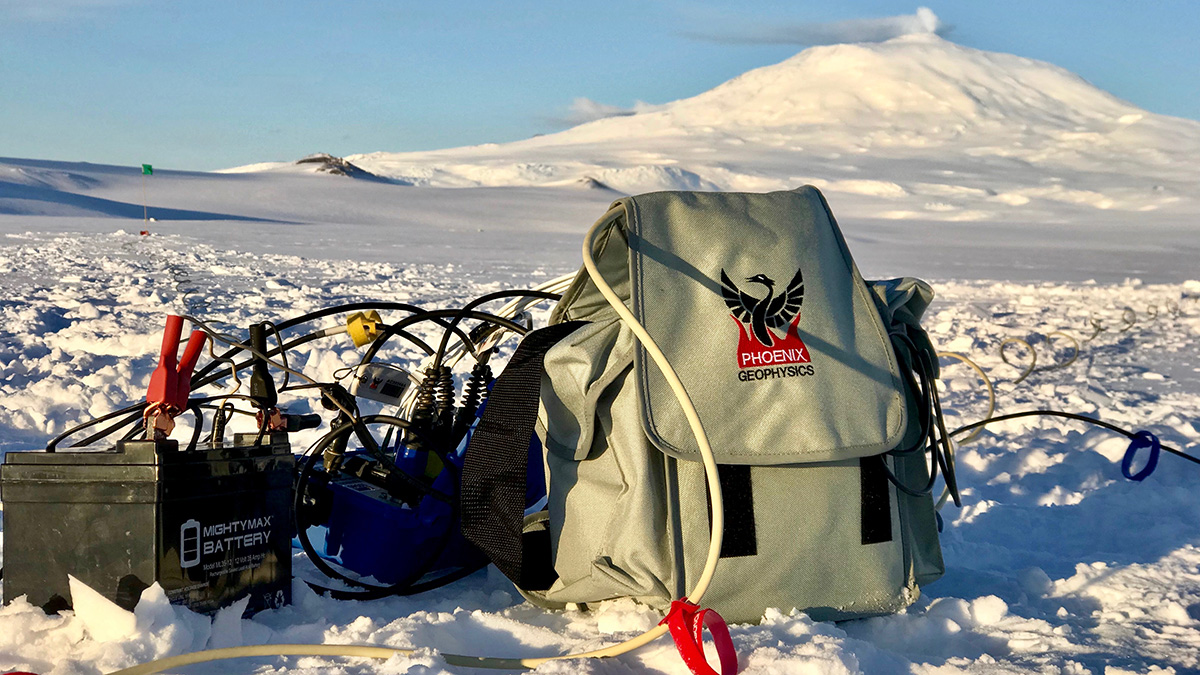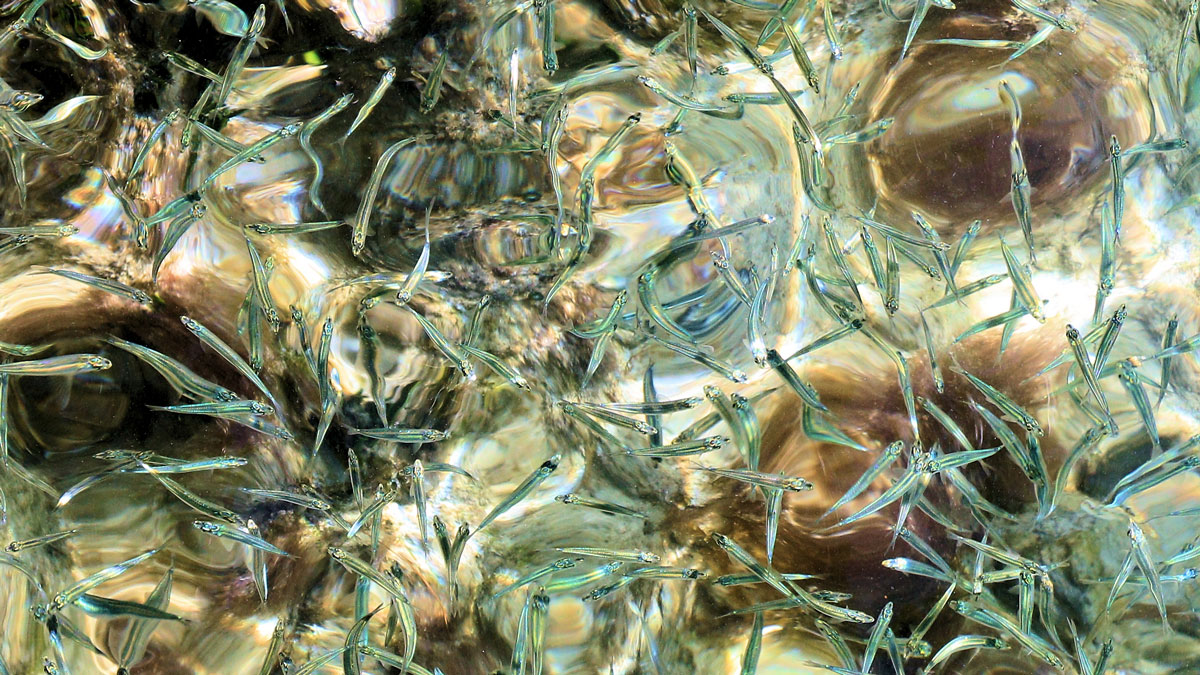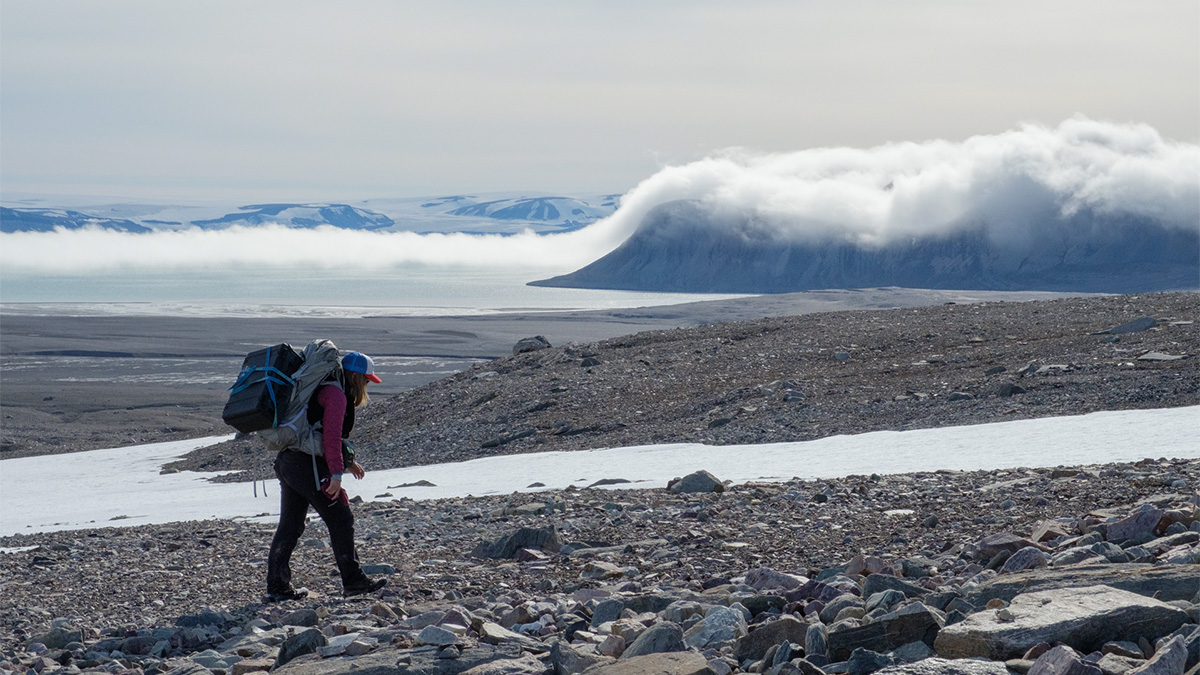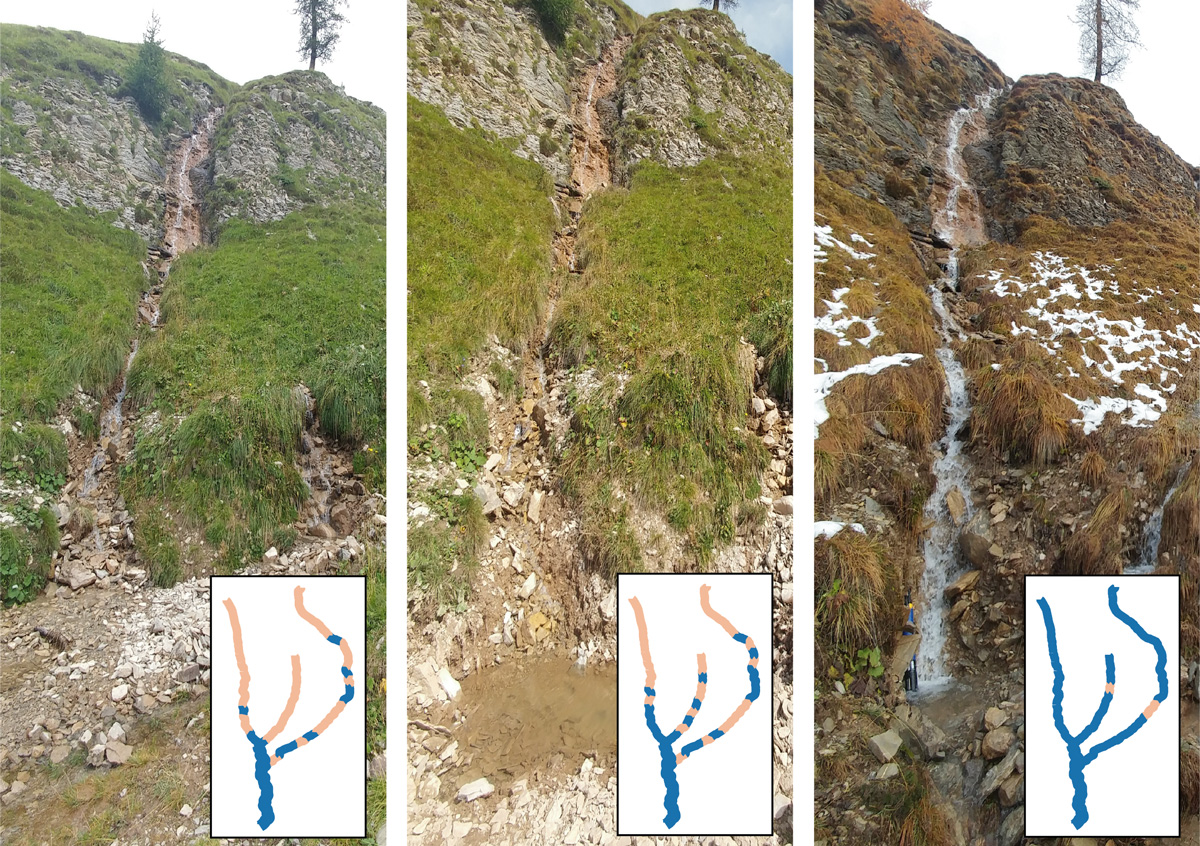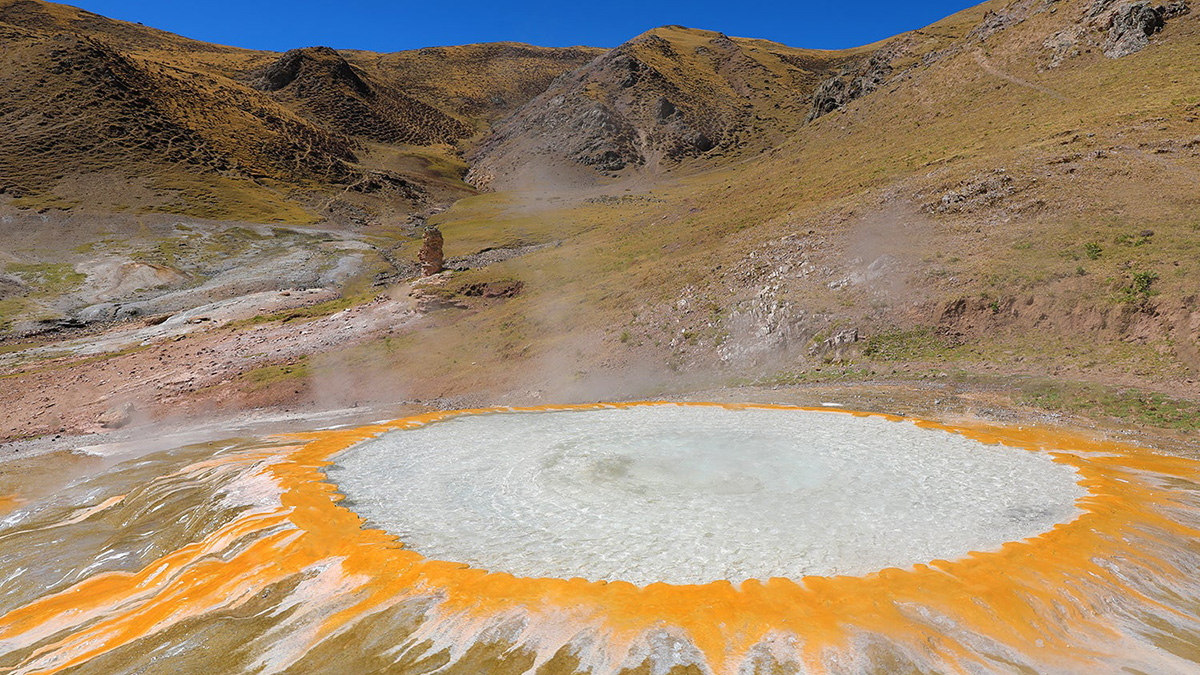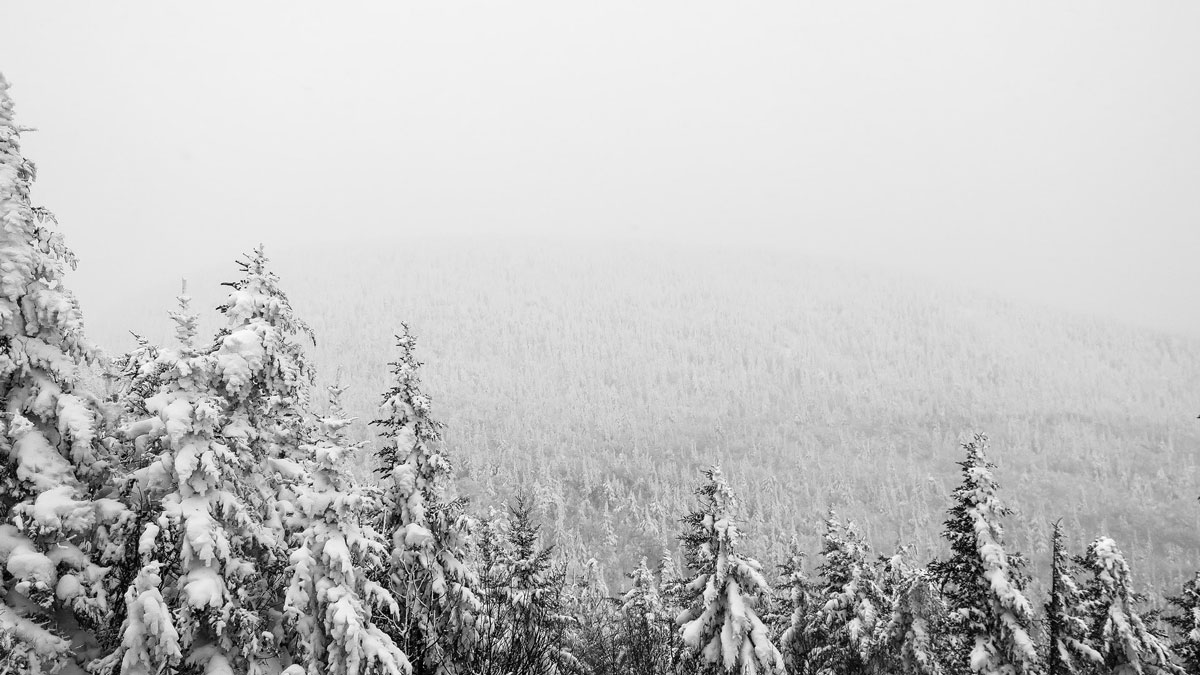An international initiative aims to collect a comprehensive airborne data set from the Antarctic Ice Sheet margin to better estimate ice discharge and sea level contributions today and in the future.
fieldwork
Peeking at Peatlands: Satellite Data Fuel New Findings
Researchers are combining hard-to-get field measurements with satellite imagery to gain new insight into where peatlands are and how they work.
Massive Groundwater Systems Lie Beneath Antarctic Ice
Scientists are updating ice stream models to understand the ways in which deep groundwater systems impact ice flow.
Tiny Creatures May Play a Difficult-to-Detect Role in Ocean Mixing
As an idea that began as a joke, critter-driven ocean mixing has long been controversial. Now scientists have caught spawning anchovies causing turbulence and stirring the sea.
Playing It Safe in Field Science
Researchers face many risks when working in the field. Documenting past and future accidents and safety incidents can help identify patterns and practices to keep scientists out of harm’s way.
A Probabilistic Model for Classifying Temporary Rivers
The model relies on measurable broad-scale attributes, increasing its flexibility for use in diverse environments.
Rock Music in Utah
Three-dimensional models could help forecast rock tower frequencies—and seismic impacts—around the globe.
Hot Springs Suggest How the Tibetan Plateau Became the Roof of the World
Helium isotopes found in water samples provide a snapshot of what lies beneath the plateau and stimulate debate within the geosciences community.
Trees Wearing Accelerometers Help Track Snowstorms
This device allows scientists to measure how much snow is trapped in canopies and predict changes to snowpack—a critical factor in annual water availability.
Striking Out into the Field to Track Slip on the Sumatran Fault
An international team overcame many challenges, including from the COVID-19 pandemic, to deploy a dense seismic network along an understudied fault system that poses hazards to millions in Indonesia.



